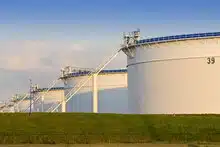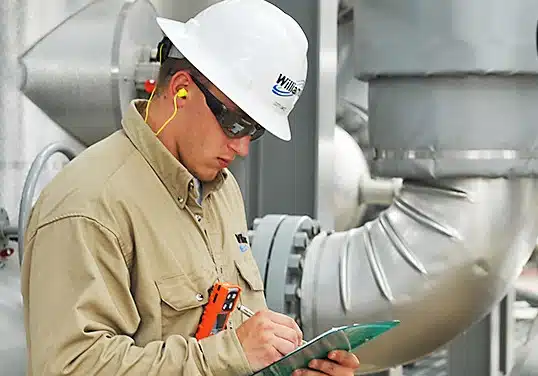Repair of storage tanks can be a major expense for oil, gas and petrochemical facilities.
Corrosion can lead to leaks, environmental damage and even the shutdown of operations, costing millions of dollars a day. Identifying products and processes that reduce downtime for repairs and extend the time between repairs is critical.
Industry standards and recommended practices highlight biggest challenges
API Recommended Practice 652 provides guidance on achieving effective corrosion control in above-ground storage tanks by application of tank bottom linings. Tank bottom linings are the key to preventing internal corrosion of steel tank bottoms because when stored, oil and water separate due to gravity. Water falls to the bottom due to its heavier weight and then acts as a corrosive because of its electrolytic properties. To minimize this corrosion and the downtime it can cause, industry has focused on improvements in tank bottom lining materials, surface preparation, lining application and cure speeds.
Lining innovation driven by storage tank design
Storage tanks come in a variety of sizes, with diameters sometimes exceeding 250 feet. As tanks have gotten bigger with increasing demand for storage and processing, the properties of the floor linings — and their ability to perform under greater commodity loads — have become critical.
The design of storage tank bottoms presents special challenges to linings. Tank floors are typically lap plate construction, consisting of a set of steel plates joined together using lap welds. Linings must be able to adhere and provide adequate edge retention at these weld joints. Floating roof tanks, which feature support legs and welded-in-place contact striker plates on the tank floor, also offer tests which the lining must address.
#corrosion #turnaround #storagetanks #inspection #maintenance



